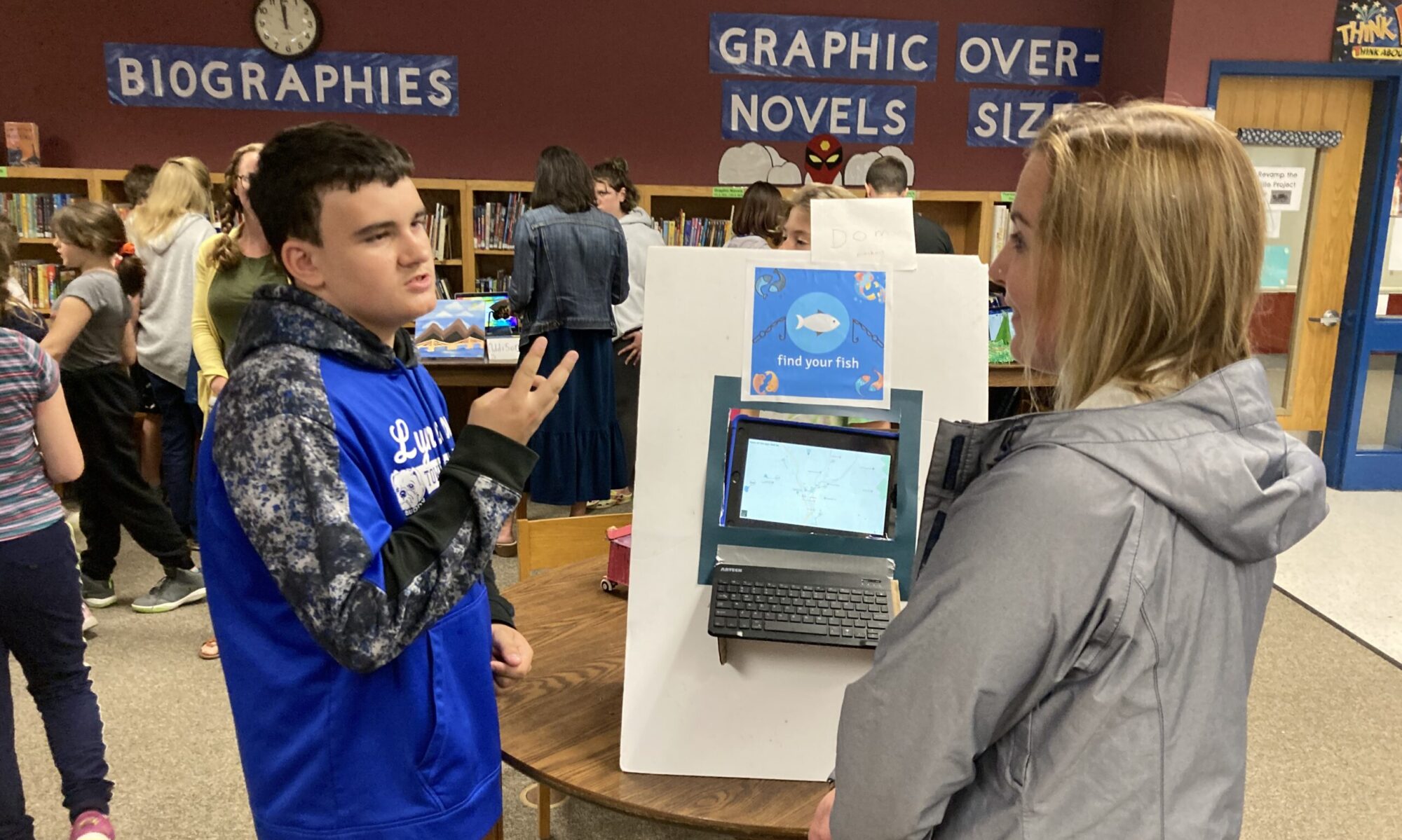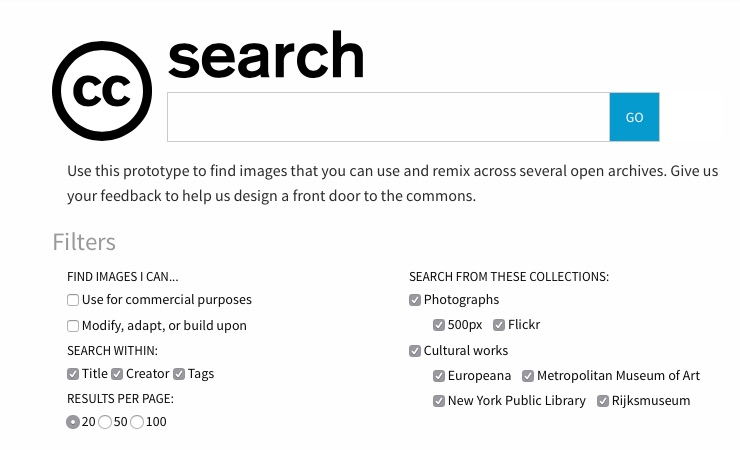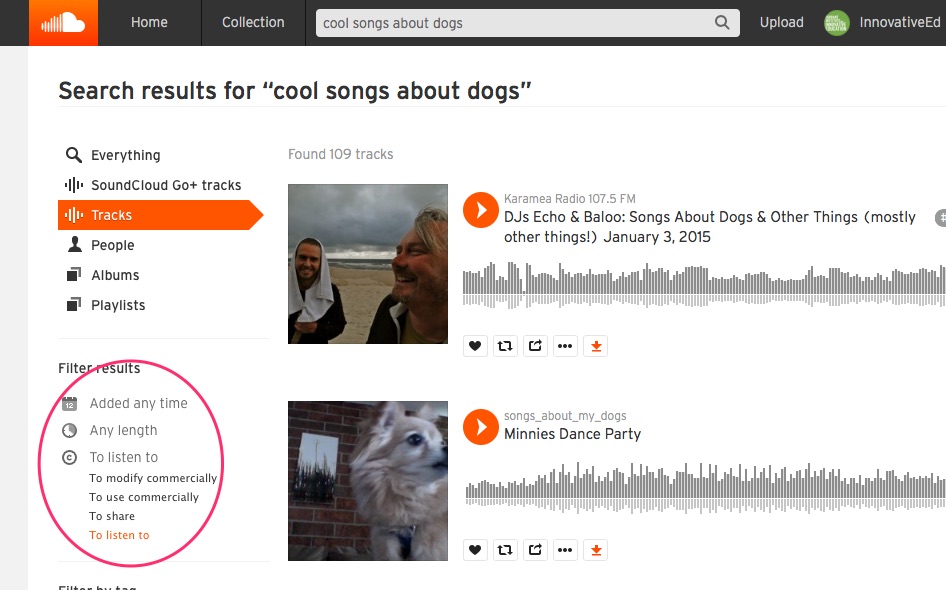The art of the responsible remix
 With the incredible popularity and ease of digital mediamaking comes great responsibility. As students unlock the power of digital storytelling and media creation, they seek to incorporate music, images and video into their productions.
With the incredible popularity and ease of digital mediamaking comes great responsibility. As students unlock the power of digital storytelling and media creation, they seek to incorporate music, images and video into their productions.
But it’s not as simple as just hitting up the Google.
1. Creative Commons is your new bestie
Creative Commons: not just a website, but a way of life. It works in two ways:
- in helping content creators spell out exactly how they’re willing to have their work used, and
- it’s a great clearinghouse for finding material available to be used.
How Creative Commons licensing works and why it’s awesome
Creative Commons created a whole system of content licensing that helps take the guesswork out of whether you can remix a thing. At the Creative Commons site, you can automatically generate your Creative Commons license based on your answers to the following questions:
- Will you allow adaptations (aka remixes) of your work?
- Will you allow commercial use of your work?
You can display the automatically generated html on your website or portfolio, and it’s what you can look for to find out whether and how it’s okay to use media.
Take us, for example

Everything we create we license with a Creative Commons Attribution-NonCommercial-ShareAlike 4.0 license. That means that everything we create on this site can be remixed and reused, as long as you credit us and don’t use the work for commercial purposes.
But therein lies the rub: the license applies only to things we create: our blogposts, podcasts, images and videos. Things made by other people retain their copyrights.
Finding great remixables at Creative Commons
The Creative Commons site provides a search engine where you can look for media to remix, based on the answers to the questions listed above.
2. Okay, we lied: you can also just Google it, but Google well.
Ah, Google Image search. So much raw, unbridled shiny in one place. Too much shiny, in fact. Filter your image search by Usage rights. It’s under the Tools menu. You can find things that are labeled for noncommercial reuse and noncommercial reuse with modification.
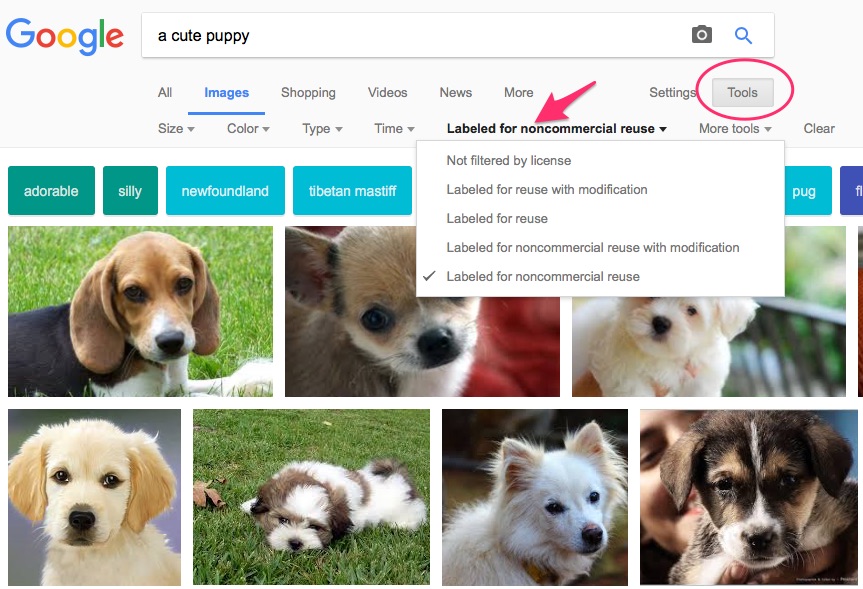
But it’s still your responsibility to check to make sure what Google believes is copyright-friendly is actually true. Take for instance, that cute little fluffball melted on the grass at the lower left. If I wanted to make him the star of my HaikuDeck presentation on how dogs are awesome, I need to doublecheck his permissions.
Start by clicking on his image. Google will tell you where they found the photo:
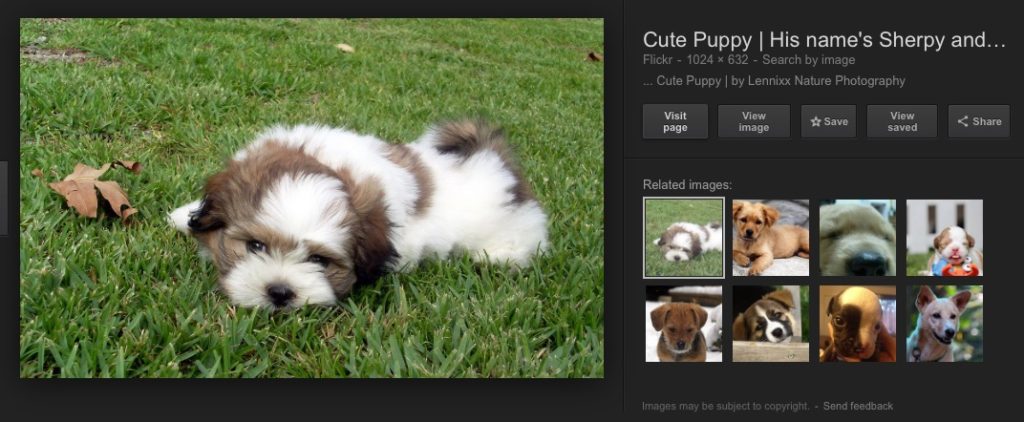
In this case, Google tells us they found Sherpy on flickr. So head on over to flickr with the Visit Page button.
Aha! Thanks to our browsing over at Creative Commons, we recognize those symbols. It’s a Creative Commons license! Let’s look at the terms. Flickr user Ilena Gecan chose a Creative Commons license 2.0, which allows this particular photo to be shared and adapted for non-commercial uses, as long as attribution’s given.
Other sites, like wikimedia commons, pixabay or publicdomainpictures.net also display the licensing information in easy to find places.
3. Use Soundcloud’s search tools to find songs you can use
Oh, background music. It makes everything better! But while Beyoncé’s songs speak to millions of us, rest assured she has an army of copyright lawyers who never sleep. Ever. So while Queen Bey is off the playlist, there are plenty of artists out there who release songs they’re willing to let you use free of charge.
Here’s how to find some
Soundcloud.com is a great resource for songs of all kinds, but when you search, you can filter the results by copyright-friendliness:
Once you’ve chosen a track you like, standard caveats apply: drill down to the bottom of the information the artist has included with the track to check that the song is available to be used. It will look like:

Oh those sneaky Creative Commons licenses! They’re everywhere!
4. It never hurts to ask.
The background music for our podcast is a track called Amphibious Circuits, by the Oakland-based band Dirtwire.
[soundcloud url=”https://api.soundcloud.com/tracks/75556815″ params=”color=ff5500&auto_play=false&hide_related=false&show_comments=true&show_user=true&show_reposts=false” width=”100%” height=”166″ iframe=”true” /]
I stumbled across the song on Soundcloud, and noticed the band was giving it away free to listeners. However, a free giveaway is not any kind of usage license, so I trucked over to the band’s website, dug up their contact information and emailed them to ask if we could use it.
In the email, I spelled out exactly:
- what we wanted to use the song for
- how we would credit the band
- where we would share out the info
- and provided a link to this very blog for them to find out more about us.
Luckily, Dirtwire was gracious enough to say yes, but I’ve made other requests that have been rejected or simply ignored.
And that’s okay.
At the end of the day, you’re not just teaching your students to respect other creators’ rights to their work, you’re also teaching them to respect and share the rights to their own works as well.
And hopefully, respectful remixing will be something they’re willing to allow, as well as practice.
So hit us up in the comments: what are some other ways you find media to remix?
